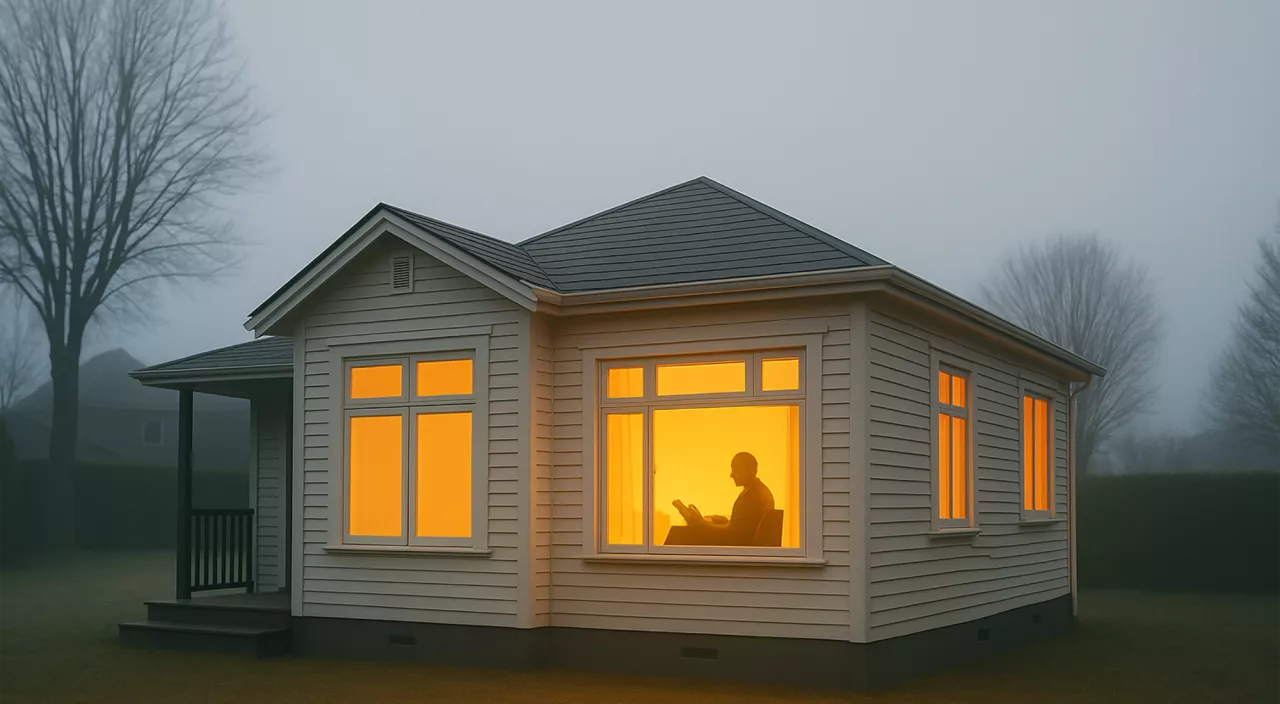Make the Heat You Use Go Further
Kiwi households are once again facing higher power bills, and this time the pressure is coming from multiple directions. Not only are power companies raising prices, but the structure of your power bill is also changing.
The question is: do you keep spending more on power each year, or do you do something that reduces the need for it in the first place?
Let’s take a look at what’s driving the increases, and what you can do to take control.
What’s Behind the Latest Power Price Increases?
There are three main reasons your power bill is getting bigger:
- Lines Charges Are Increasing.
The Commerce Commission has approved price increases for lines companies – the part of your bill that covers transporting electricity to your home. These prices are reviewed every five years, and the new charges kicked in from 1 April. They’re being driven by inflation, higher interest rates, and rising infrastructure costs, and they’ll add around $10 to $25 per month to the average household bill. - The Low-User Daily Charge Is Being Phased Out.
The low-user option, which allowed smaller households to pay less per day, is being removed. That means most people will now pay a higher fixed charge – up to $1.50 per day – whether they use more electricity or not. - Wholesale Electricity Prices Are Still Rising.
Wholesale electricity prices have doubled over the past five years. That pressure is starting to flow through to retail prices, and experts warn there’s more to come. Forecasts suggest 2025 could bring the biggest price increases since the early 2000s.
All of this adds up to higher monthly costs, even if you don’t change your usage. So how do you stay warm this winter without just handing over more money to the power company?
Turning the Heat Up Isn’t the Solution
The obvious fix when you’re cold is to crank up the heat – but that’s exactly what puts pressure on your power bill.
There’s a smarter option: keep more of the heat you’ve already paid for.
Insulation doesn’t heat your home. What it does is stop heat escaping so quickly. The slower your home loses warmth, the less heating you need – and that’s where the real savings come in.
If your walls aren’t insulated, you’re losing a huge percentage of heat right through them. That means no matter how good your heating is, it has to work harder and stay on longer just to keep up.
Think of it like a thermos. You pour in hot coffee once, and it stays warm for hours. Your home can work the same way – once you get the heat in, you want it to stay there. Wall insulation is what makes that happen.
Fiona’s Story: “I Hardly Use the Heater Now”
Fiona lives in a 1920s villa in Taranaki. The newer extension of her home was comfortable, but the original villa was cold and hard to heat – even with double glazing and ceiling insulation already in place.
“I knew most of a home’s heat is lost through walls,” Fiona said. “Especially older homes like mine.”
After getting Insulmax® installed in the external walls, she immediately noticed a difference.
“I’ve hardly had to use the gas heater,” she said. “I used to need it all the time, but now I can heat the house much faster, and it stays warm for longer. If the temperature drops really low, I might put the gas heating on for an hour just to boost the warmth, and then that’s it.”
Dru’s Story: “From 10°C to 20°C – It Was Insane”
In Napier, Dru and his partner John live in a 1935 art deco home. While it already had underfloor and ceiling insulation, the walls were still bare. That left parts of the house freezing, even with a fire and a heat pump.
They turned to Insulmax® after realising that traditional wall insulation methods would have required ripping off all the interior walls – not something they wanted to do to a stucco home.
The results were dramatic.
“We’ve gone from having a temperature of 10°C first thing in the morning to 20°C,” Dru said. “It was just insane. We were so amazed that when Wayne from Insulmax® came by to check, we literally hugged him.”
They now heat less and stay warmer for longer, and they’re not wasting solar energy on heating they don’t need.
Wall Insulation Works – and You Can Finance It
Wall insulation is one of the most effective ways to improve your home’s comfort and reduce energy use. And now, with financing options available, it’s easier than ever to get it done.
You can:
- Use a low-interest home loan top-up from your bank (as low as 0% interest for five years)
- Spread the cost over three years interest-free with a Q Mastercard payment plan
- That means instead of paying more for power each month, you could be investing in something that brings those bills down – and keeps your home warm at the same time.
Want to Reduce Your Power Costs This Year?
Instead of spending more on electricity, why not invest in using less of it?
Insulmax® wall insulation helps you heat your home faster, stay warm for longer, and rely less on constant heating. It’s like wrapping your house in a warm blanket – and our customers will tell you, it’s one of the best home upgrades you can make.
Book your free home assessment today, and explore finance options that make it easy to get started.
